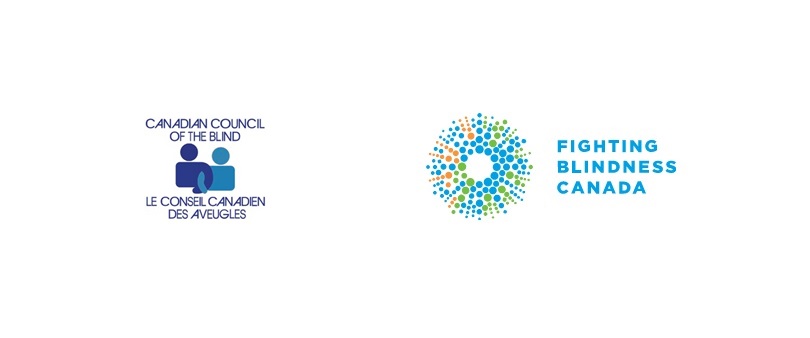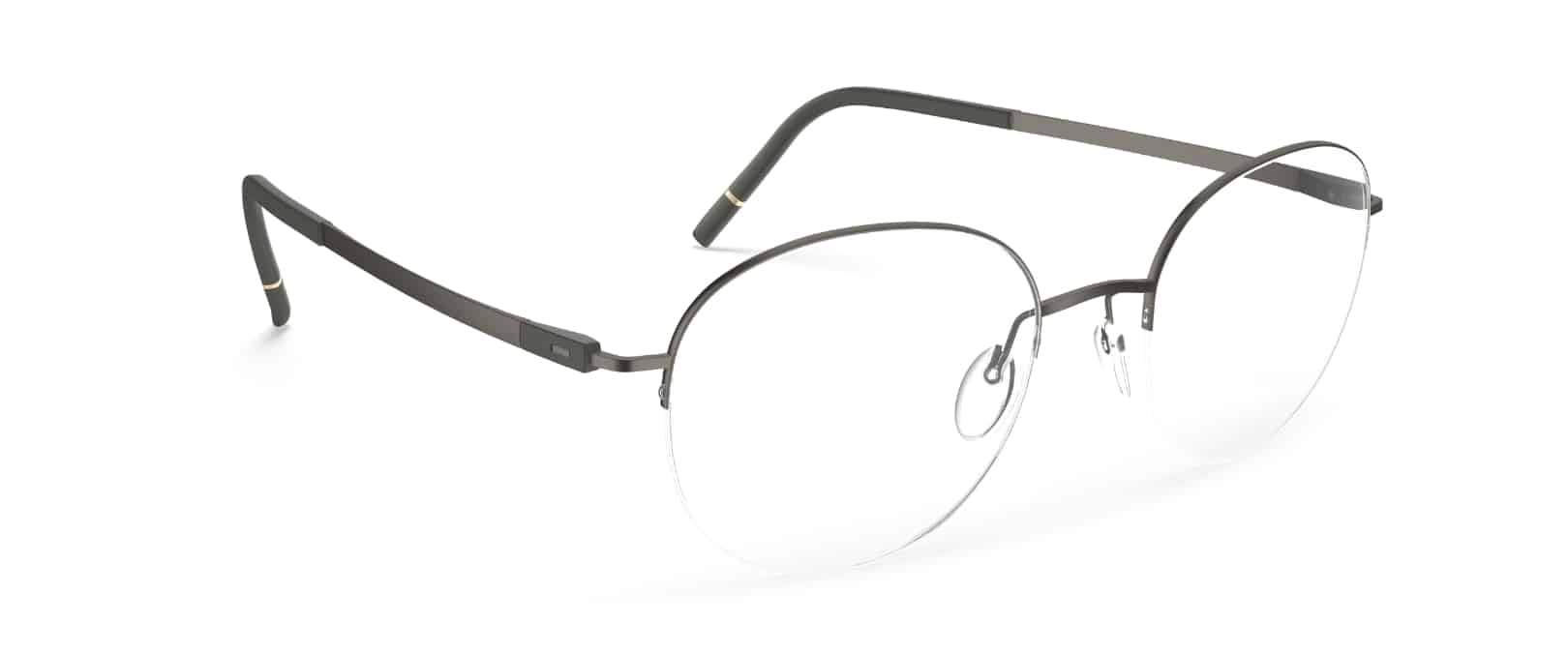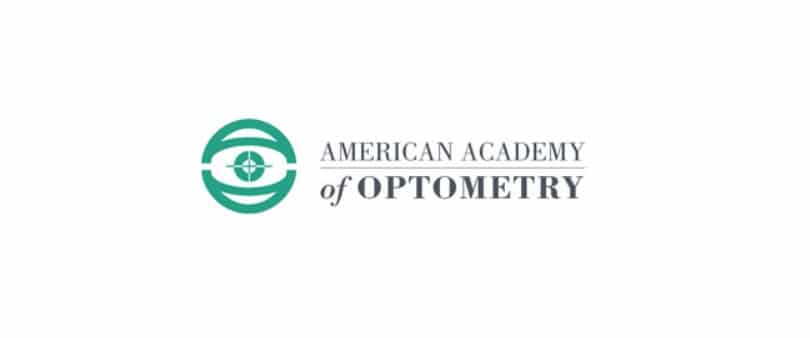“The Impact of the COVID-19 Pandemic on Vision Health in Canada 2021” report card found that vision care in Canada has not returned to pre-pandemic levels due to significant staff shortages, surgical backlogs and people not keeping their doctor appointments or having their regular eye examinations.
Despite substantial commitments from governments of over $2 billion across Canada to provide capacity to clear the backlog of people needing treatment, wait times and the delivery of eye care have not returned to pre-pandemic levels, underlying the urgent need for a national eye care strategy.
Canadians cannot access specialized care to prevent blindness, despite the fact that 3 out of 4 people can stop vision loss with early diagnosis and access to treatments. Two-thirds of Canadians have not had an eye exam in the past year, and it is estimated that there were 108,000 fewer eye surgeries performed in Canada in 2021 compared to 2019. There were 1.8 million fewer optometrist visits in 2021 compared to 2019.
Report card highlights:
Progress in vision care is happening, but not quickly enough.
- The current study found that the number of eye surgeries had increased by 25% in 2021 compared with 2020 but 108,000 fewer eye surgeries were performed in 2021 compared to 2019.
- However, this number was still 20% below 2019, indicating a persistent gap in surgery capacity.
- The net result is that surgical volumes in 2021 did not return to pre-pandemic levels and the surgical wait times continued to grow, leading to vision loss that could have been prevented.
Despite funding, staff shortages remain a critical issue.
- In March 2022, the federal government announced that $2 billion would be available to provinces to reduce the surgical backlog.
- Despite this, the backlog continued to grow due to staff shortages including being ill due to COVID-19 or severe burnout.
- A survey conducted by Statistics Canada in 2021 reported that 25 to 40% of health care workers were considering leaving their place of employment or changing their jobs. This is of concern as the health care system struggles to overcome the continued impact of the pandemic.
The backlog of specialized eye care has led to severe and, in some cases, irreversible outcomes for certain Canadians living with vision loss. Canadians with vision loss continue to be underserved, and many are going blind or losing vision despite the medications and treatments available.
It is crucial that we design systems and policies that correct this dangerous trend. Visit StopVisionLoss.ca and sign the petition asking the Canadian government to deliver a national eye care strategy and to address the backlog in eye care that is leading to today’s preventable blindness crisis.
Statements:
- “Our health care system continues to face critical challenges brought on by the pandemic. Our latest findings on the state of vision health care in Canada show that despite some progress, we are still facing a crisis when it comes to surgical backlogs and growing wait times to access critical eye care,” says Doug Earle, President and CEO, Fighting Blindness Canada. “Canadians need to take urgent steps to stop preventable blindness by receiving an eye examination and signing our petition for a national eye care strategy at StopVisionLoss.ca. Together we can stop preventable blindness in Canada.”
- “Optometrists play a critical role in examining patients and identifying preventable diseases that cause vision loss. We care about our patients, and it is concerning that they wait to receive eye care when we know the importance of treating these conditions as soon as possible,” said Stephanie Kwan, Optometry Partner, Specsavers in Hamilton, Ontario. “Not only do Canadians need to get their vision checked at least every two years, but they also need to ensure they are receiving a comprehensive eye exam. Specsavers has found that using Optical Coherence Tomography (OCT) is helping optometrists to identify early-stage eye disease and manage these patients effectively with accurate referrals. Our data shows that 34% of patients who were assessed with OCT had signs of vision-threatening diseases.”
Click HERE for the full press release.













